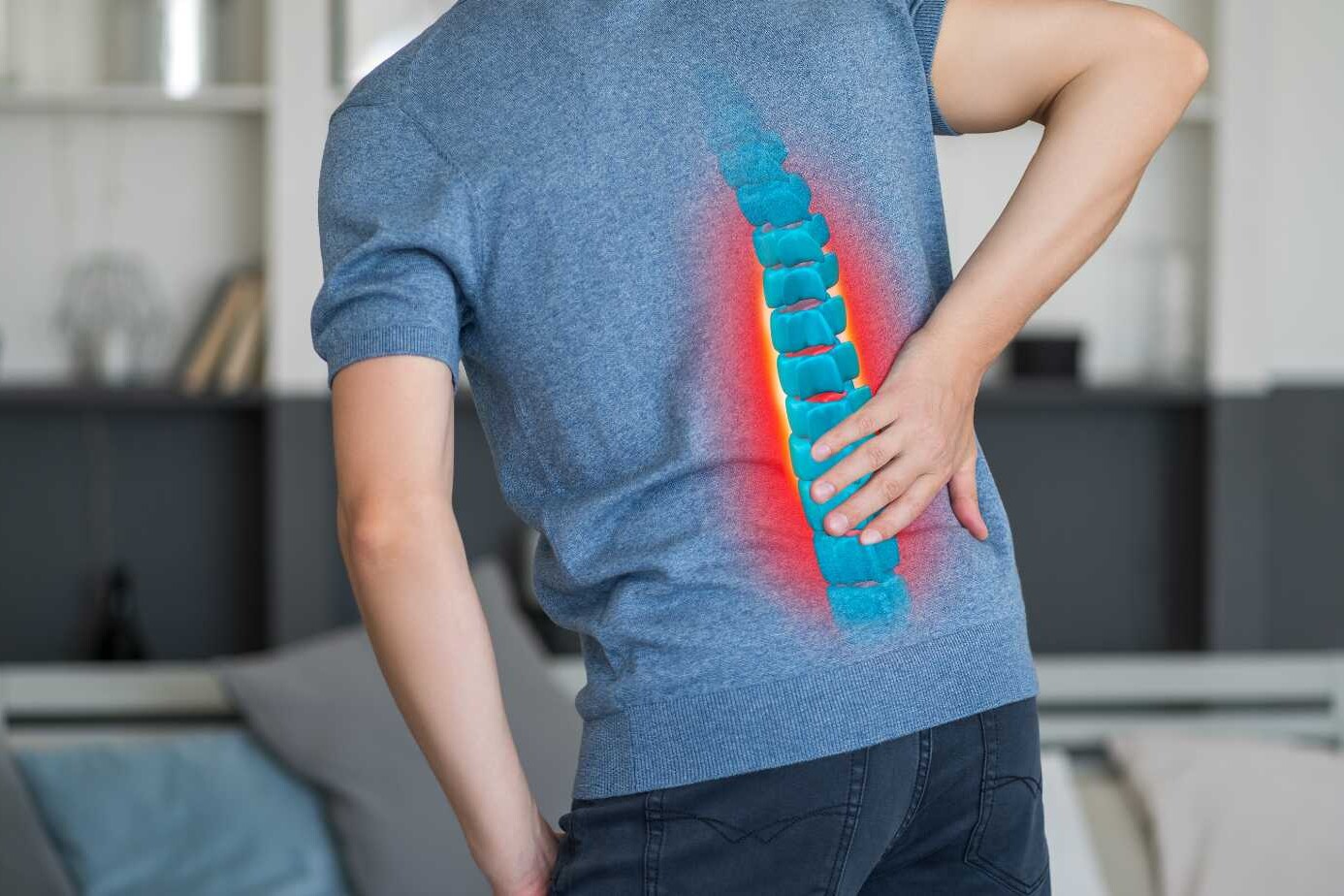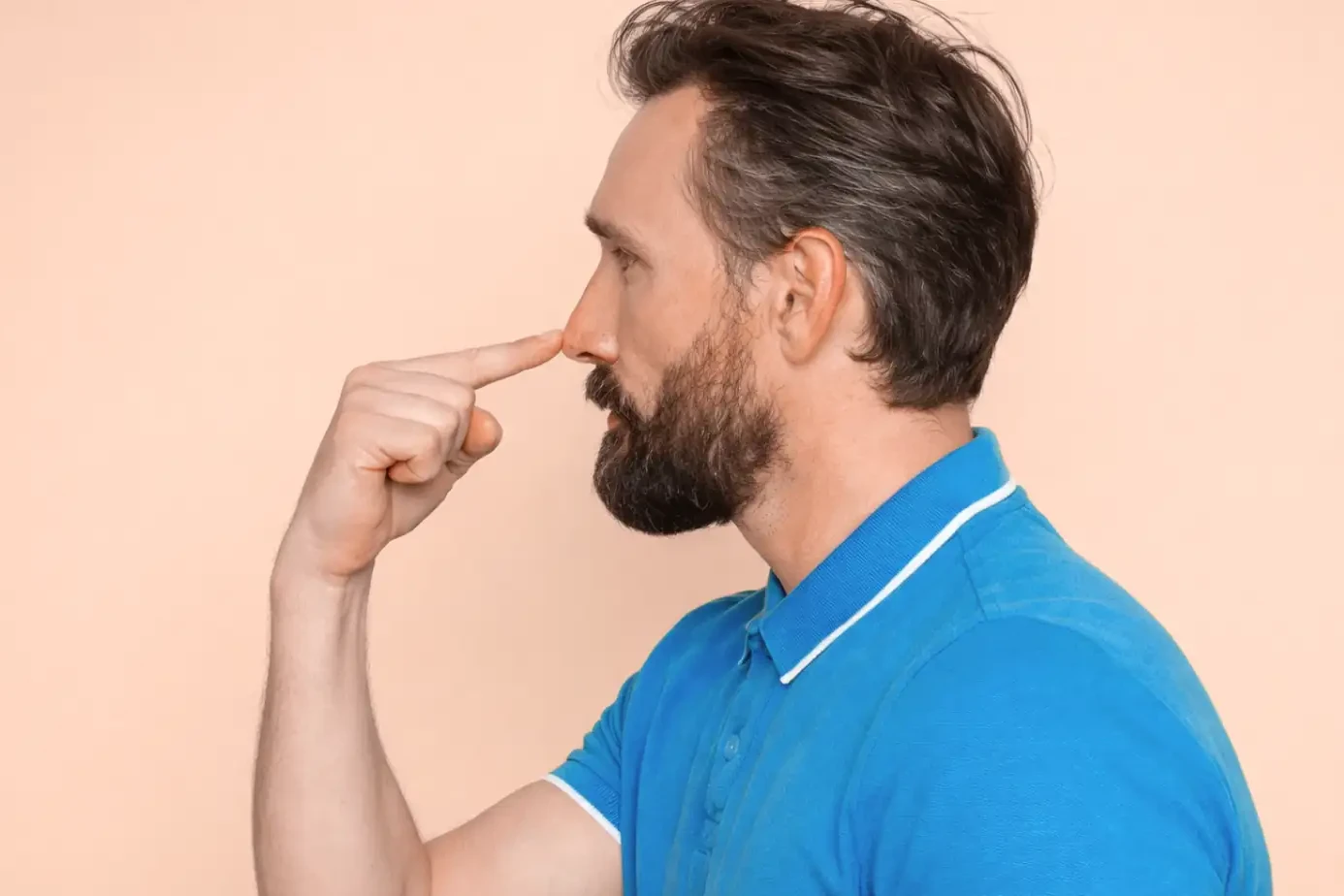Lumbar radiculopathy exercises are one of the most effective ways to reduce lower back pain caused by compressed nerves. These targeted movements not only relieve discomfort but also restore strength and flexibility to the spine.
Millions of people struggle with nerve pain that radiates from the lower back into the legs. The good news is that you do not always need surgery or heavy medications. Regular lumbar radiculopathy stretches and strengthening routines can bring real relief and help prevent flare-ups.
This article gives you a complete guide to the best exercises for lumbar radiculopathy, precautions, expert advice, and recovery strategies.
Table of Contents
ToggleWhat is Lumbar Radiculopathy?
Lumbar radiculopathy is a condition where a nerve root in the lower spine is compressed or inflamed. This compression is often caused by a herniated disc, spinal stenosis, arthritis, or degenerative changes in the lumbar spine.
When this happens, pain radiates into the hips, buttocks, or legs. It is commonly mistaken for sciatica, but radiculopathy can affect more than just the sciatic nerve. Symptoms can range from sharp shooting pain to tingling, numbness, or weakness in the legs.
Why Does Lumbar Radiculopathy Hurt So Much?
Nerve pain feels severe because nerves are the body’s electrical wiring. When pressure builds on a lumbar nerve root, the signals that travel to the legs become disrupted.
For example, a pinched nerve between the L4 and L5 vertebrae often causes pain that shoots down the thigh into the shin. Unlike sore muscles, nerve pain does not subside with rest. This is why daily activities such as sitting, bending, or standing too long can feel unbearable.
How Can Exercise Help with Lumbar Radiculopathy?

Exercise is a cornerstone of recovery. Inactivity weakens the spine and worsens stiffness, while controlled movement improves blood circulation and reduces inflammation around the nerves.
What Do Lumbar Radiculopathy Exercises Do?
- They stretch tight muscles that compress nerves.
- They strengthen stabilizing muscles to support the spine.
- They reduce inflammation by improving circulation.
- They correct poor posture that worsens nerve compression.
For example, when core muscles are weak, more pressure falls on the lumbar spine. Strengthening exercises for the lumbar spine reduce this burden and protect the nerves.
What Happens If You Don’t Do Stretches for Lumbar Radiculopathy?
Avoiding stretches for lumbar radiculopathy leads to chronic stiffness and worsening pain. Over time, weakness in stabilizing muscles makes nerves more vulnerable. People who skip daily stretches often face recurring flare-ups and slower recovery.
Which Precautions Should You Take Before Starting Lumbar Radiculopathy Exercises?
Although exercises are safe, you must follow precautions. Always warm up with light walking before stretching. Move slowly and stop immediately if pain gets sharper. Never push your body beyond comfort. If symptoms worsen after an exercise, consult a professional.
Common Mistakes to Avoid with Lumbar Radiculopathy Stretches
- Bouncing while stretching which increases nerve irritation
- Holding your breath instead of breathing deeply
- Doing exercises too quickly without control
- Ignoring posture alignment during stretches
Lumbar Radiculopathy Exercises to Relieve Pain
Child’s Pose, one of the Best Stretches for Lumbar Radiculopathy
This yoga-inspired position lengthens the spine and relaxes tight back muscles. Kneel on the floor, sit back on your heels, and stretch your arms forward. Hold for 30 seconds while breathing deeply.
Knee to Chest Stretch, Gentle Lumbar Radiculopathy Stretch
Lie on your back, pull one knee toward your chest, and keep the other leg flat. This opens the lumbar area and reduces nerve compression. Alternate legs and repeat three times.
Seated Forward Bend, Lumbar Radiculopathy Stretch for Flexibility
Sit on the floor with legs extended. Slowly reach toward your toes. If you cannot touch them, reach as far as comfortable. This enhances hamstring flexibility and reduces spinal tension.
Wall Squats, Best Exercises for Lumbar Radiculopathy Strength
Stand with your back against a wall and slide down until your knees bend at ninety degrees. Hold for ten seconds. This strengthens thighs and supports the lumbar spine without strain.
Piriformis Stretch, Effective Lumbar Radiculopathy Stretch
Cross one ankle over the opposite knee while lying on your back. Pull the lower leg toward your chest. This targets the piriformis muscle which often presses against nerves and causes radiating pain.
Lumbar Radiculopathy Stretches and Exercises
Hip Flexor Stretch, Physical Therapy for Lumbar Radiculopathy
Proceed by stepping one foot forward into a lunge, keeping the other leg extended behind you. Lean forward slightly to stretch the hip flexor, which alleviates lower back tension due to tight hips.
Quadriceps Stretch, Helpful Stretch for Lumbar Radiculopathy
Stand straight, hold one ankle, and pull it towards your buttocks. Use a chair for support if necessary. Stretching the quadriceps helps to equalize pressure on the lumbar spine.
Knees to Chest, Relaxing Lumbar Radiculopathy Stretch
Lie flat on your back and hug both knees to your chest. Gently rock side to side to massage the spine. This calms the lumbar area and eases pain.
Additional Lumbar Radiculopathy Exercises
Upward Dog, Stretch for Lumbar Radiculopathy Relief
Lie on your stomach, place hands under your shoulders, and push your torso upward while keeping hips grounded. This opens the chest and extends the lumbar spine.
Crunches Curl ups, Core Exercise for Lumbar Radiculopathy
Lie on your back with knees bent. Cross arms over your chest. Slowly lift your shoulders without straining your neck. Strong abdominal muscles stabilize the lumbar spine.
How Many Reps and Sets Should You Do Daily?
Begin with 5 to 10 repetitions for each exercise. Aim for two sets daily. As your strength improves, increase the number gradually. Consistency matters more than intensity in the first few weeks.
What Exercises Should Be Avoided with Lumbar Radiculopathy?
Avoid heavy lifting, deep twisting motions, and high impact sports like running or jumping. These increase nerve compression. Always consult a doctor to know what to avoid in lumbar radiculopathy exercise.
Physical Therapy for Lumbar Radiculopathy, Role in Pain Relief
Physical therapy for lumbar radiculopathy offers guided programs with stretching, strengthening, and manual techniques. Therapists also teach safe stretches for pinched nerves in the lower back, reducing pressure on irritated nerves while improving posture and mobility.
When Should You See a Doctor or Physical Therapist?
If pain continues beyond six weeks, if weakness in the legs increases, or if you lose bladder or bowel control, seek medical help immediately. These signs may indicate severe nerve damage.
How Long Does It Take to See Results from Lumbar Radiculopathy Exercises?
Most people notice improvement within three to six weeks. Relief depends on consistency and severity. Daily practice of exercise therapy for lumbar radiculopathy is essential for long lasting results.
How Can You Maintain a Healthy Spine After Recovery?
Keep practicing daily exercises for lumbar radiculopathy management. Avoid sitting too long, practice posture correction for lumbar radiculopathy, and sleep on a supportive mattress. Regular walking and stretching are excellent for spinal health.
What Are the Expert Tips for Performing Lumbar Radiculopathy Exercises Safely?
Start slowly, combine stretches and strengthening, and use controlled breathing. Add yoga poses for lumbar nerve pain for flexibility. Use home exercises for lumbar radiculopathy recovery daily. Track progress and adjust routines as needed.
Take the First Step Toward Pain Relief with Lumbar Radiculopathy Stretches
Pain relief begins with movement. By doing simple lumbar radiculopathy stretches daily, you can regain control over your life. Start small, remain consistent, and allow your spine to heal naturally.
The Bottom Line
The best way to handle lumbar nerve pain is with safe and consistent exercise. Lumbar radiculopathy exercises give strength, flexibility, and protection for your spine. Recovery is possible when you commit to gentle but regular movements.
FAQs
How serious is lumbar radiculopathy?
It can range from mild to severe. Untreated cases risk permanent nerve damage, weakness, or functional loss, but most people recover well with consistent care and exercise.
What is the best treatment for lumbar radiculopathy?
The best treatment is a combination of stretching, strengthening, lifestyle adjustments, and sometimes physiotherapy exercises for lumbar radiculopathy. Surgery is rare and used only when conservative treatment fails.
What is the difference between sciatica and radiculopathy?
Sciatica is a form of radiculopathy affecting the sciatic nerve. Radiculopathy is broader and may affect different lumbar nerve roots causing pain, numbness, or weakness in legs.
What should you not do with lumbar radiculopathy?
Avoid heavy lifting, long sitting hours, and deep twisting movements. These increase spinal pressure. Following doctor guidance on what to avoid in lumbar radiculopathy exercise is essential.
Can lumbar radiculopathy lead to paralysis?
In rare severe cases with prolonged nerve compression, paralysis is possible. However, most patients improve with strengthening exercises for lumbar spine and timely medical care.
What is the best exercise for lumbar radiculopathy?
Child’s Pose and Knee to Chest are considered among the best exercises for lumbar radiculopathy. Both relieve nerve pressure, stretch the spine, and improve circulation when done consistently.
Can an MRI show lumbar radiculopathy?
Yes, an MRI can identify disc herniation, spinal stenosis, or nerve compression. It is the most reliable test to confirm the source of lumbar nerve pain.
About The Author

This article is medically reviewed by Dr. Chandril Chugh, Board-Certified Neurologist, providing expert insights and reliable health information.
Dr. Chandril Chugh is a U.S.-trained neurologist with over a decade of experience. Known for his compassionate care, he specializes in treating neurological conditions such as migraines, epilepsy, and Parkinson’s disease. Dr. Chugh is highly regarded for his patient-centered approach and dedication to providing personalized care.
→ Book a consultation to discover which remedies suit your needs best.





